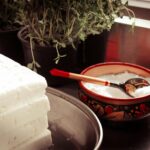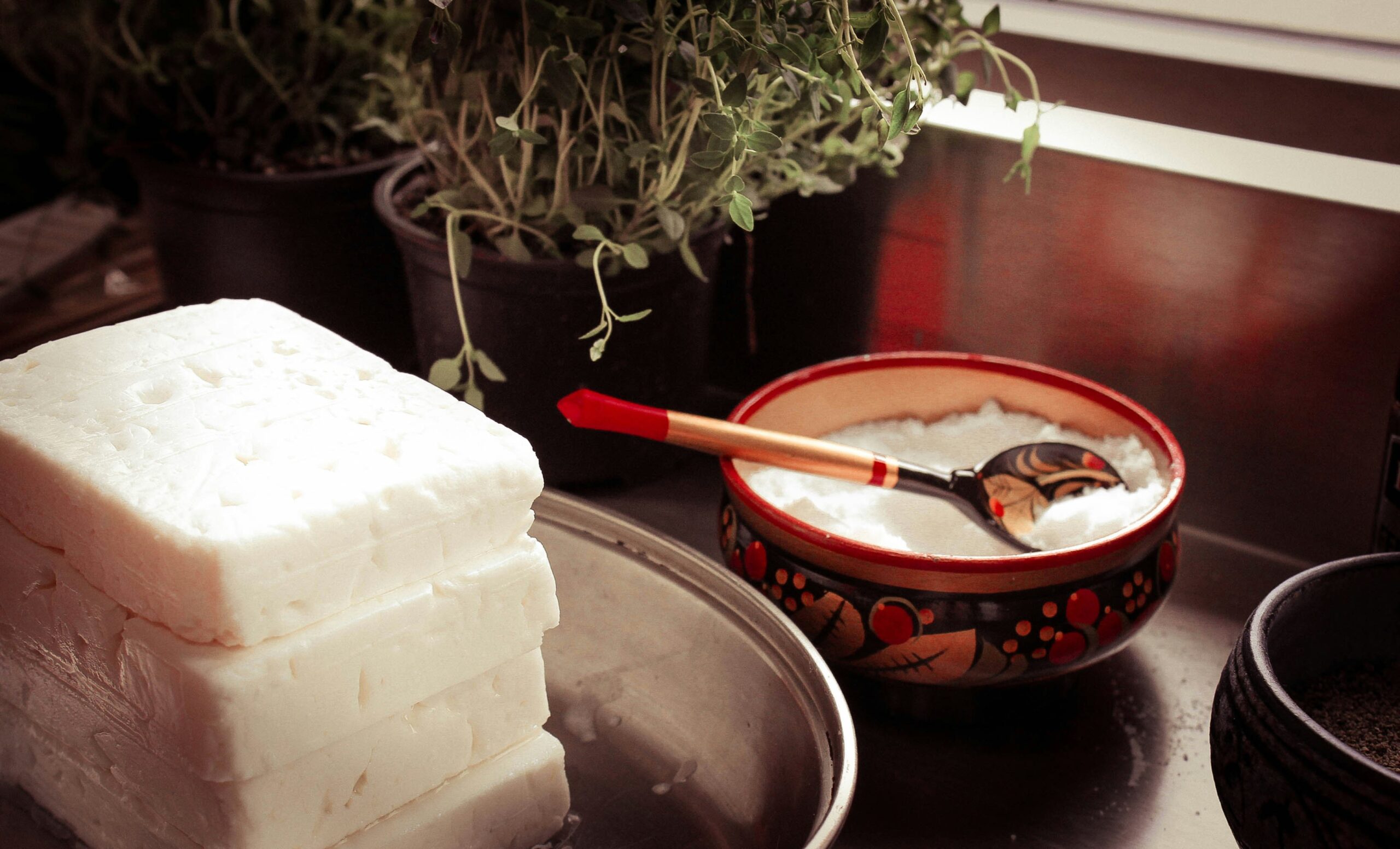Introduction
“Little Miss Muffet” is one of the most well-known nursery rhymes in English literature. The charming poem describes a young girl sitting on a tuffet, enjoying her meal of “curds and whey” before being frightened away by a spider. While the rhyme itself is famous, many people wonder: What exactly is Little Miss Muffet fare?
This article explores the historical origins, culinary significance, and modern variations of Little Miss Muffet fare. We’ll dive into the meaning of curds and whey, how it has evolved over time, and ways you can incorporate it into modern recipes.
What Is Little Miss Muffet Fare?
In the classic nursery rhyme, Little Miss Muffet is depicted eating curds and whey. This traditional dairy dish consists of curdled milk solids (curds) and the liquid left behind (whey). It has been a staple in many cultures for centuries, known for its nutritional value and versatility.
Historically, curds and whey were often homemade. People would use rennet or acidic substances like lemon juice or vinegar to separate the curds from the whey. The result was a soft, mild cheese product similar to modern cottage cheese or ricotta.
Historical Significance of Curds and Whey
Curds and whey have roots in ancient dairy practices. Many cultures around the world have developed similar foods using the same basic process.
| Region | Similar Dish | Description |
|---|---|---|
| England | Curds and Whey | Traditional soft curds, often eaten plain or with honey. |
| India | Paneer | Pressed curds used in many Indian dishes. |
| Italy | Ricotta | Soft cheese made from whey after the curdling process. |
| Middle East | Labneh | Thickened yogurt with a consistency similar to curds. |
Curds and whey were a common part of medieval diets due to their high protein content and ease of production. Even today, variations of this dish remain popular across different cuisines.
The Nutritional Value of Little Miss Muffet Fare
Curds and whey are rich in protein, calcium, and probiotics, making them a healthy addition to any diet.
Health Benefits of Curds and Whey
- High in Protein – Helps with muscle growth and repair.
- Rich in Calcium – Supports strong bones and teeth.
- Probiotic Benefits – Aids digestion and gut health.
- Low in Fat – A great option for those seeking a light, nutritious meal.
Modern health enthusiasts often consume whey protein, a byproduct of cheese-making, for its muscle-building and recovery benefits.
Modern Takes on Little Miss Muffet Fare
While traditional curds and whey may not be common in modern Western diets, there are many contemporary adaptations that carry on its legacy. Here are a few ways to enjoy a modern version of Little Miss Muffet Fare:
1. Cottage Cheese with Fruit and Honey
A simple yet delicious breakfast option, this dish pairs cottage cheese (curds) with fresh fruit and a drizzle of honey for a naturally sweetened treat.
2. Greek Yogurt and Whey Smoothies
Many protein shakes and smoothies use whey protein powder, which comes from the same dairy-separating process as traditional curds and whey. Mixing Greek yogurt with whey protein creates a nutrient-packed drink.
3. Ricotta Toast with Berries
For a gourmet take, spread ricotta cheese (a type of curd) on whole-grain toast and top it with berries or nuts for a satisfying snack.
4. Paneer-Based Dishes
Indian cuisine features paneer, a fresh cheese made by separating curds from whey. It is commonly used in curries like palak paneer (spinach and paneer).
5. Labneh with Olive Oil and Herbs
Middle Eastern cuisine includes labneh, a thick yogurt cheese similar to curds, often served with olive oil, herbs, and pita bread.
These modern adaptations show that Little Miss Muffet fare is still relevant today, offering both nutrition and versatility.
How to Make Homemade Curds and Whey
Making curds and whey at home is simple. You only need a few ingredients and basic kitchen tools.
Ingredients:
- 4 cups whole milk
- 2 tablespoons lemon juice or vinegar
- Pinch of salt (optional)
Instructions:
- Heat the milk in a saucepan over medium heat until it reaches about 180°F (82°C).
- Add the lemon juice or vinegar and stir gently. The milk will begin to curdle.
- Let it sit for 5–10 minutes until the curds fully separate from the whey.
- Strain the mixture using a cheesecloth or fine strainer. The solid part is the curds, and the liquid is the whey.
- Enjoy fresh or store in the refrigerator for later use.
This process creates a fresh, homemade version of what Little Miss Muffet might have eaten.
Conclusion about Little Miss Muffet Fare
The Little Miss Muffet Fare of curds and whey is more than just a line from a nursery rhyme. It represents a historic and nutritious dairy dish that has been enjoyed for centuries. Though its traditional form may not be as popular today, it lives on through modern cottage cheese, ricotta, paneer, and whey-based products.
From its English origins to its modern adaptations, this dish remains a wholesome, protein-rich option for those seeking healthy and delicious dairy alternatives. Whether enjoyed as a snack, a smoothie ingredient, or a base for a savory dish, Little Miss Muffet Fare continues to delight.
FAQs about Little Miss Muffet Fare
1. What did Little Miss Muffet eat?
She ate curds and whey, a dairy dish made by curdling milk and separating the solid curds from the liquid whey.
2. What are curds and whey called today?
Modern equivalents include cottage cheese, ricotta, and paneer for curds, while whey is often used in protein powders.
3. How do you make curds and whey at home?
Heat milk, add an acidic ingredient like lemon juice, and let it curdle. Strain the mixture to separate the curds from the whey.
4. Is whey protein the same as the whey in curds and whey?
Yes, whey protein comes from the liquid whey left over after making cheese. It is often processed into a powder for fitness and nutrition.
5. Can lactose-intolerant people eat curds and whey?
Some forms, like paneer and ricotta, have lower lactose levels, making them easier to digest for some people.
6. What are some modern recipes using curds and whey?
Try cottage cheese with fruit, whey protein smoothies, ricotta toast, paneer-based dishes, or labneh with olive oil and herbs.











